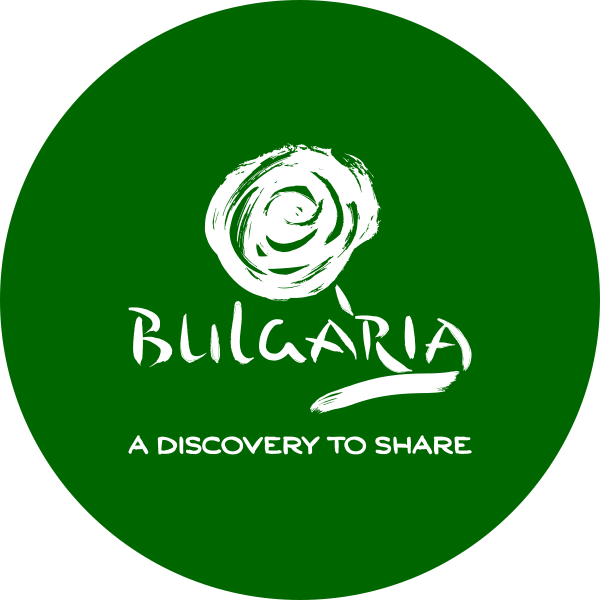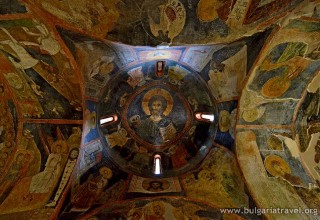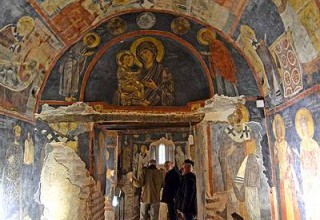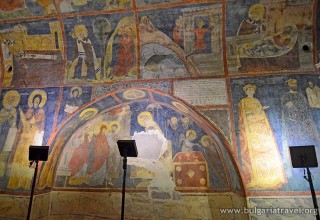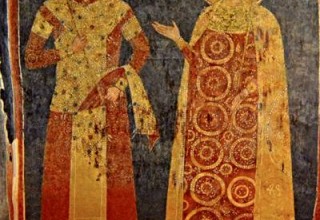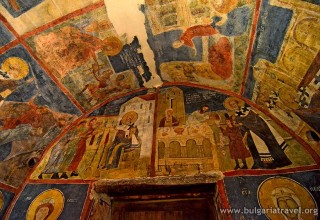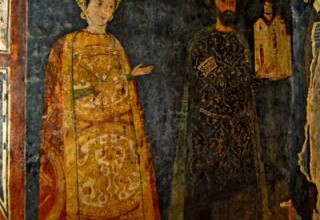Boyana Church “St. Nicholas and St. Panteleymon", famous with its medieval frescoes, was included in 1979 in the list of the world cultural heritage under the protection of UNESCO. Several construction stages may be discerned in the Boyana temple. A small cross-domed church was built in the 10th - 11th centuries, which was renovated in the 12th century. In the 13th century, the western facade of the old church was extended with a narthex and a small chapel. In the middle of the 19th century, a two-storey narthex “St. Nicholas and St. Panteleymon” was additionally built. The church was a functioning temple until 1954. The founder’s inscription in Bulgarian in the narthex of the church indicates the year of its complete painting (1259), the names of the donators and the ties of relationship of the local feudal founder with the Bulgarian king and the Serbian king. The frescoes from the 13th century in the nave replicate the layout of this type of church: Christ Pantocrator is displayed in the dome with angels and evangelists below; irgin Enthroned, Victim Worship and The Annunciation are displayed in the altar niche; the walls and arches display scenes of Crist’s life. The narthex (probably a sepulchral chapel) displays 18 life scenes devoted to the patron saint St. Nicholas. The portraits of the donators are also depicted here - Sebastocrator Kaloyan and his wife Desislava, the Bulgarian King Konstantin Asen Tih and Queen Irina, as well as the first known image of the Bulgarian Saint Ivan Rilski. The frescoes in the chapel “St. Panteleymon” on the second floor are of the same time, but they differ in style. Parts of the following frescoes are preserved: The Annunciation, Communion of the Apostles, Crucifix, Resurrection, scenes from the life of St. Panteleymon. The Boyana church is unique with its diversity, the picturesque solution and the deep psychological portrayal. The style of the frescoes from 1259 is connected with the traditions of the Turnovo Art School from the 13th century. The unknown master adheres to the classical iconography. His paintings are bright and saturated, the images - vivid and rich of spiritual nuances, the portrayal of secular persons is emphasized. This innovative approach puts the temple "St. Nicholas and St. Panteleymon" in the list of the world cultural and historical heritage. Since 2003 the Boyana church is a subsidiary of the National Historical Museum.
Availability for visits: Yes, free of charge, all year round, available guide.
Transport accessibility: Public Transport
Tourist infrastructure: Yes



